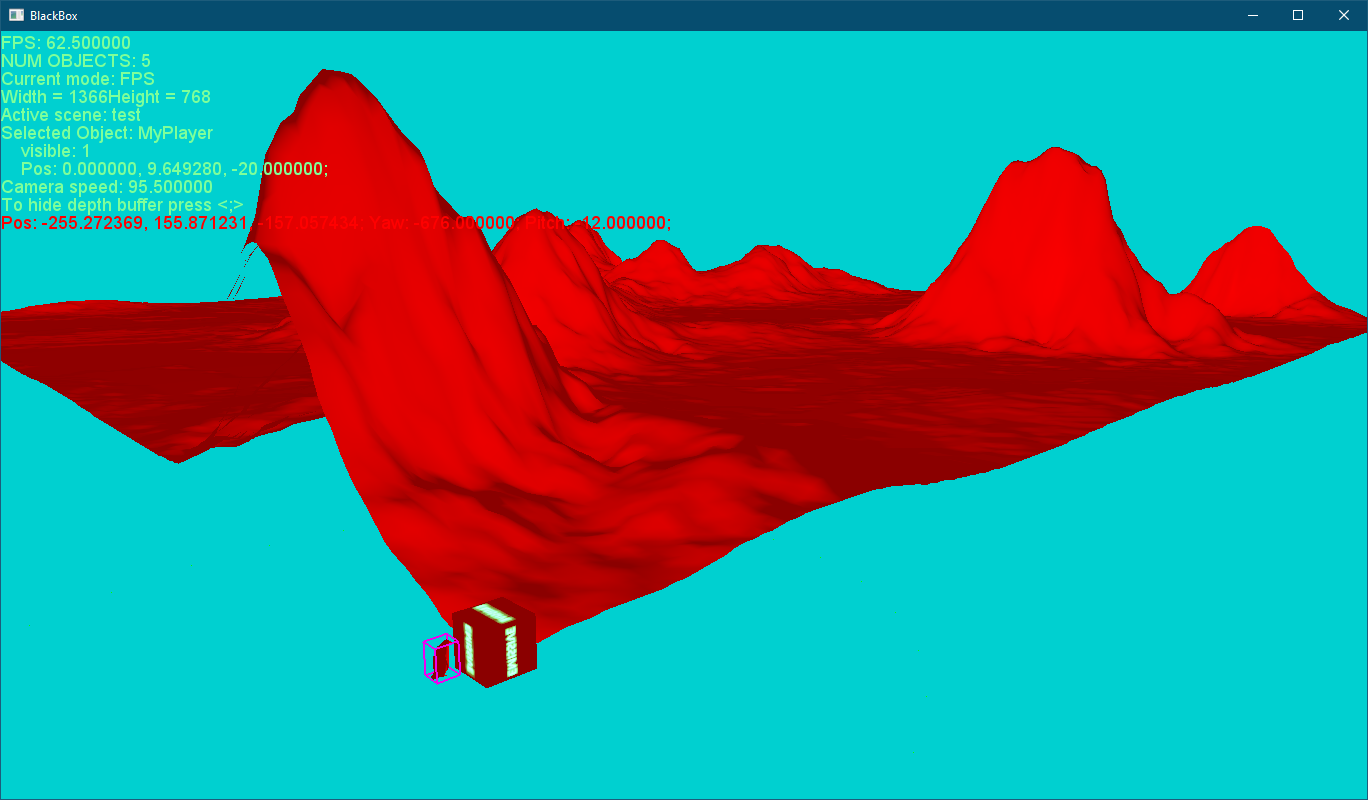Answer the question
In order to leave comments, you need to log in
Are interfaces officially brought to GLSL?
I decided to try to write something like ShaderBuilder, I started thinking about what and how,
I decided that I would use interface blocks to exchange data between shaders.
But as you know, in the vertex shader the block is declared as out , in the fragment shader as in . I decided to create a common file with macros, in which I would define interface depending on the type of shader, either as in or as out . At the stage of writing, I already see that the studio offers me a hint of this keyword in intelligence. I think it's great.
Then the thought came up, what if it works like in Cg from NVIDIA, by the way, I have a card of the same manufacturer. Decided to write this:
interface vs_out
{
vec3 get_color();
};struct vs_out_impl : vs_out
{
vec3 get_color()
{
return vec3(1,0,0);
}
}#version 330 core
layout (location = 0) out vec4 FragColor;
layout (location = 1) out vec4 BrightColor;
interface vs_out
{
vec3 get_color();
};
struct vs_out_impl : vs_out
{
vec3 get_color()
{
return vec3(1, 0,0);
}
};
in VS_OUT {
vec3 FragPos;
vec3 Normal;
vec2 TexCoords;
vec4 FragPosLightSpace;
vec3 oNormal;
} fs_in;
struct FogInfo {
float maxDist;
float minDist;
vec3 color;
};
uniform FogInfo Fog;
uniform sampler2D diffuseMap;
uniform sampler2D specularMap;
uniform sampler2D emissiveMap;
uniform sampler2D shadowMap;
uniform float emissive_factor = 20.0f;
uniform bool has_emissive = false;
uniform bool has_specular = false;
uniform vec3 lightPos;
uniform vec3 viewPos;
uniform bool lightOn = true;
uniform bool bloomOn = true;
uniform float bloomThreshold = 0.0f;
uniform bool isTerrain = false;
uniform bool shadowOn = false;
float ShadowCalculation(vec4 fragPosLightSpace)
{
if (!shadowOn)
return 0.f;
// perform perspective divide
vec3 projCoords = fragPosLightSpace.xyz / fragPosLightSpace.w;
// transform to [0,1] range
projCoords = projCoords * 0.5 + 0.5;
if (projCoords.z > 1.0)
return 0.0;
// get closest depth value from light's perspective (using [0,1] range fragPosLight as coords)
float closestDepth = texture(shadowMap, projCoords.xy).r;
// get depth of current fragment from light's perspective
float currentDepth = projCoords.z;
// check whether current frag pos is in shadow
float bias = 0.005;
float shadow = 0.0f;//currentDepth - bias > closestDepth ? 1.0 : 0.0;
vec2 texelSize = 1.0f / textureSize(shadowMap,0);
int factor = 4;
for (int x = -1*factor; x <= 1*factor; x++)
{
for (int y = -1*factor; y <= 1*factor; y++)
{
float pcfDepth = texture(shadowMap, projCoords.xy + vec2(x,y)*texelSize).r;
shadow += currentDepth - bias > pcfDepth ? 1.0 : 0.0;
}
}
shadow /= 9.0 * factor * factor;
return shadow;
}
void main()
{
//vec3 color = texture(diffuseMap, fs_in.TexCoords).rgb;
vec3 color = vs_out_impl::get_color(); // СМОТРЕТЬ СЮДА!!!
vec3 emissive = vec3(0.0f);
if (has_emissive)
{
emissive = texture(emissiveMap, fs_in.TexCoords).rgb;
}
vec3 normal = normalize(fs_in.Normal);
vec3 lightColor = vec3(1.0);
if (!lightOn)
{
FragColor = vec4(color, 1.0f);
return;
}
// ambient
vec3 ambient = 0.15 * color;
// diffuse
vec3 lightDir = normalize(lightPos - fs_in.FragPos);
float diff = max(dot(lightDir, normal), 0.0);
vec3 diffuse = diff * lightColor;
// specular
vec3 viewDir = normalize(viewPos - fs_in.FragPos);
float spec = 0.0;
vec3 halfwayDir = normalize(lightDir + viewDir);
spec = pow(max(dot(normal, halfwayDir), 0.0), 64.0);
vec3 specular = spec * lightColor;
if (has_specular)
{
specular *= vec3(texture(specularMap, fs_in.TexCoords));
//FragColor = vec4(10, 0, 0, 1.0);
//specular *= vec3(10, 0, 0);
}
specular + vec3(10, 0, 0);
// calculate shadow
float shadow = ShadowCalculation(fs_in.FragPosLightSpace);
vec3 lighting =(ambient + (1.0 - shadow) * (diffuse + specular)) * color + emissive * emissive_factor;
vec3 result = lighting;
// check whether result is higher than some threshold, if so, output as bloom threshold color
#ifdef THRESHOLDED
float brightness = dot(result, vec3(0.2126, 0.7152, 0.0722));
if (brightness > bloomThreshold)
//if(brightness > bloomThreshold)
BrightColor = vec4(result, 1.0);
else
BrightColor = vec4(0.0, 0.0, 0.0, 1.0);
#endif
FragColor = vec4(result, 1.0);
}
vs_out_impl::get_color(): 
Answer the question
In order to leave comments, you need to log in
Didn't find what you were looking for?
Ask your questionAsk a Question
731 491 924 answers to any question